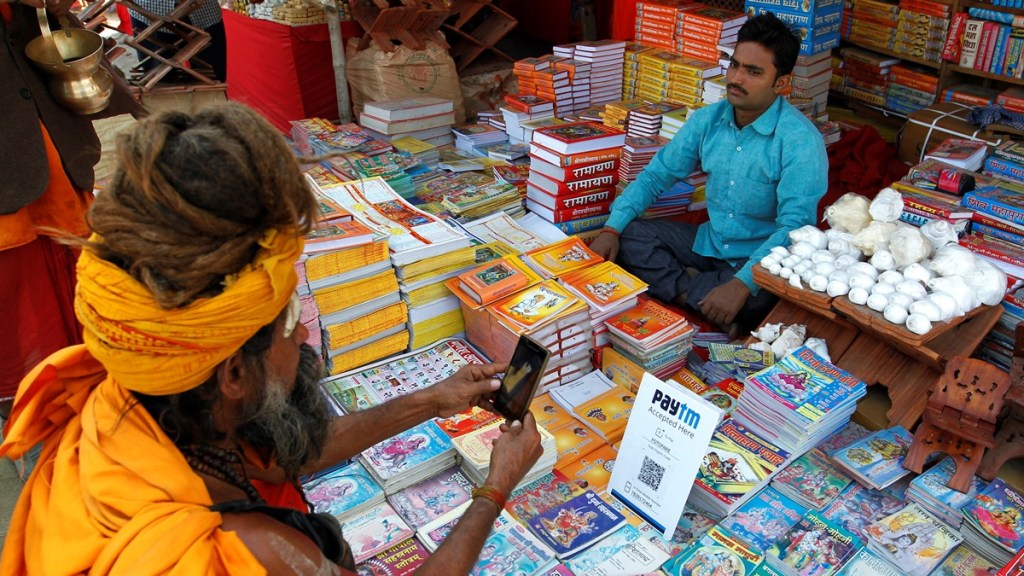Transactions through the Unified Payments Interface (UPI) rose 54% year on year (YoY) to touch 12 billion in December, data from the National Payments Corporation of India (NPCI) showed. It had jumped nearly 54% YoY to 11.2 billion in November.
Transaction value on the platform rose 42.2% to Rs 18.2 trillion in December. It had gone up 46.1% to Rs 17.4 trillion in November.
“In December 2023, the UPI achieved a significant milestone by reaching the 12-billion-transaction mark, marking a pivotal moment in its journey,” said Anand Kumar Bajaj, founder, managing director and chief executive officer, PayNearby.
Bajaj said the Reserve Bank of India (RBI) and the NPCI have actively contributed to the growth in UPI transactions by introducing additional features to enhance user experience. These efforts aim to create opportunities for digital financial service providers to tap into new customer segments, thereby allowing them to embrace digital transaction methods more and reduce costs.
In 2023, UPI transaction volumes surged 58.8% YoY to 117.6 billion. In terms of value, it rose 45.2% to Rs 182.9 trillion. The growth in UPI transactions was aided by innovations like UPI-ATMs, making cash withdrawals card-less and convenient. Further, increasing UPI payments and e-mandates for key sectors like education, healthcare and finance signal a shift towards larger transactions seamlessly going digital, bypassing the current complex processes.
Additionally, making UPI quick response codes universally accepted at stores in countries like Singapore and France, as well as the introduction of conversational payments, has also aided the growth in UPI transactions.
“The integration of credit line on UPI and the linkage of RuPay credit cards to UPI is poised to revolutionise the landscape of customer access to credit,” said Mandar Agashe, founder and managing director at Sarvatra Technologies. “Going ahead, we look forward to increased collaboration and participation from industry stakeholders and the regulators to take this payments revolution to the next level.”


